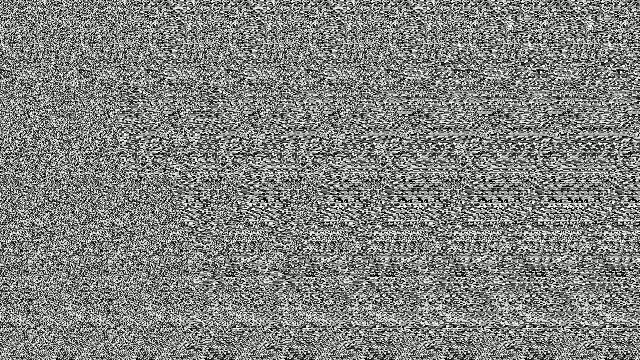

I didn’t have as much trouble as other people did. And so then you’d have to operate on them again and fix it. They would either fall down or to the right or to the left. The biggest problem we had with this is that in active patients - and even non-active patients if they fell or whatever - the leads would move. But you don’t even have to feel the stimulation in order to get relief. And for some patients that is excellent pain relief. And when you turn it on, patients feel tingles in their lower back and legs. It’s tunneled up into the mid portion of the spine.

Basically it’s two very sophisticated wires that are put into the epidural space. Richard Hurley: The spine surgery that I do is predominantly implanting spinal cord stimulators. Marks: You’ve mentioned to me the onslaught of technology in your field.Ĭould you comment on that? One of the things you mentioned was a suture device for deep wounds. Richard Hurley, a medical doctor who is board certified in anesthesiology and pain medicine… We’re going to talk about how algorithms stifle - and also enhance - the practice of medicine. You cannot write a computer program to do them.Īnd if you remove creativity, nuance, and insight and other criteria from making decisions, you are really stifling the degree to which you can interact. One of the things that we’ve shown at the Bradley Center is that creativity, nuance, and insight are human characteristics that are non-algorithmic.

If something is non-algorithmic, it is not computable. Every computer follows a step-by-step procedure for doing something. So those are step-by-step procedures to get me from point A to point B.Ĭomputers can only do things which are algorithmic. When I’m told to go to someone’s place, I’m supposed to go two miles on the freeway, turn left at the 7-11, go a couple blocks, turn right on Oriole Street, et cetera. Marks: Google driving instructions are algorithms. A partial transcript and notes, Show Notes, and Additional Resources follow. Marks, a Distinguished Professor of Computer and Electrical Engineering, Engineering at Baylor University, has a new book, coming out Non-Computable You (June, 2022), on the need for realism in another area as well - the capabilities of artificial intelligence. Marks points out, can either sharpen or derail services, depending on their content.īefore we get started: Note: Robert J. Marks continued his podcast discussion with anesthesiologist Richard Hurley in “Good and bad algorithms in the practice of medicine” (May 19, 2022).Īn algorithm is “a procedure for solving a mathematical problem (as of finding the greatest common divisor) in a finite number of steps that frequently involves repetition of an operation.” (Merriam–Webster) We most commonly think of algorithms in connection with computers because that is how programmers instruct them. Share Facebook Twitter Print arroba Email


 0 kommentar(er)
0 kommentar(er)
